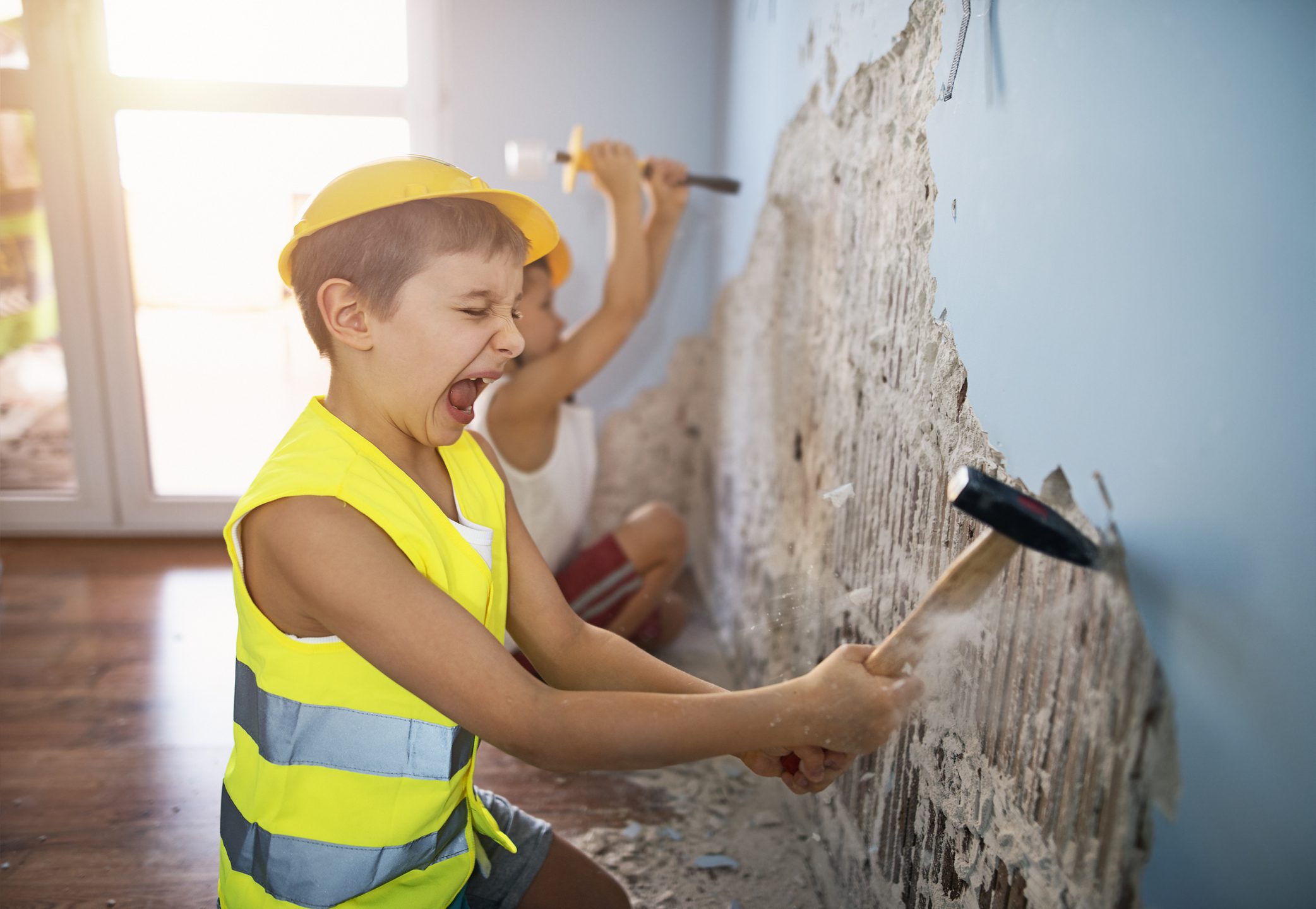Regrettably DIY wills almost invariably lead to the will-maker’s estate being put to unnecessary expense to overcome validity or interpretation issues and other legal problems.
Kevin Chambers died on 17 March 2023 at the age of 91. His wife and son died before him and he was survived by his daughter Cherie.
 He made his will in October 2017 – after the death of his son – leaving everything to Cherie and appointing his friend Daniel to be the executor.
He made his will in October 2017 – after the death of his son – leaving everything to Cherie and appointing his friend Daniel to be the executor.
Kevin used a pre-printed will kit will, which he likely purchased at the local newsagent or post office.
Kevin filled in the DIY forms. The will was comprised by two pages, and on page 1 – after naming his grandson Daniel as executor – he specified in clause 3 that he gave Cherie “my entire estate”.
He then signed the will adjacent to clause 3 and at the bottom of page 1 but not in the usual place at the end of the will.
Despite there being further sections that could be completed on page 2, Kevin added nothing further on that page.
He failed to sign the attestation clause on that page, despite directions on the pre-printed form to do so.
Kevin’s will was witnessed by two friends. They did not sign on page 1 at either of the two places where Kevin had signed. They signed at the attestation clause at the bottom of page 2 where directed where Kevin had failed to do so.
Daniel did not take up his role as executor and instead Cherie applied for a Grant of Letters of Administration as the sole beneficiary, claiming that the will was validly made.
Whilst it was quite clear Kevin had intended to make a will, the fact he had signed it only on page 1 and not the attestation clause at it end where the witnesses had signed, caused the Probate Registrar to have concerns.
In her opinion the will was not validly executed in accordance with the requirements of s 10 of the Succession Act. She directed that the validity issue be heard and determined by a judge of the Supreme Court.
When the matter came before him, Justice Peter Davis declared the will to have been validly made despite the irregularities in how Kevin and the witnesses had signed it.
In his view, the irregularities did not mean the formal requirements of s 10 had not been met.
“Neither the positioning of Kevin’s signature on the first page, nor his failure to sign the second page, constitute a breach of the requirements,” he observed.
“There is nothing in s 10 which suggests that the witnesses must sign on the same page or place as the testator,” he ruled.
Given it was beyond dispute that Kevin signed the will with two witnesses who were present to see him do so and the witnesses each attested and signed the will in front of Kevin, all required formalities had been met.
That Kevin and the witnesses did not sign the will at all the required places unnecessarily complicated what otherwise was a straightforward probate application and added significant expense.
Attempts to save expense by completing a DIY will – rather than one prepared by an experienced solicitor – almost invariably add such expense to estate administration and regrettably, delay the process by many months.




